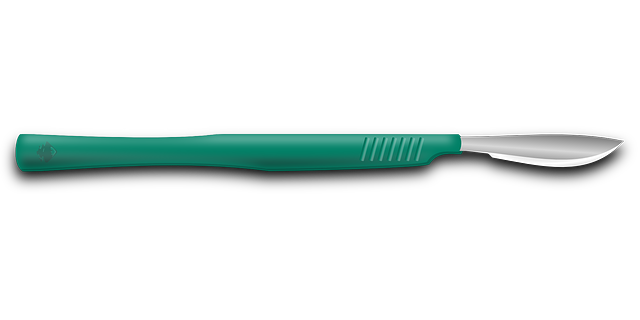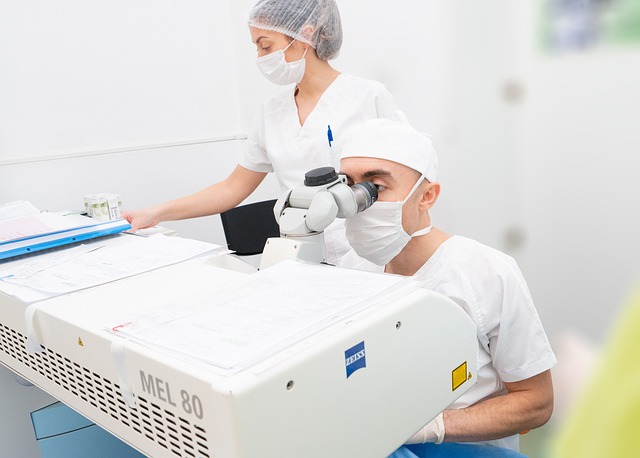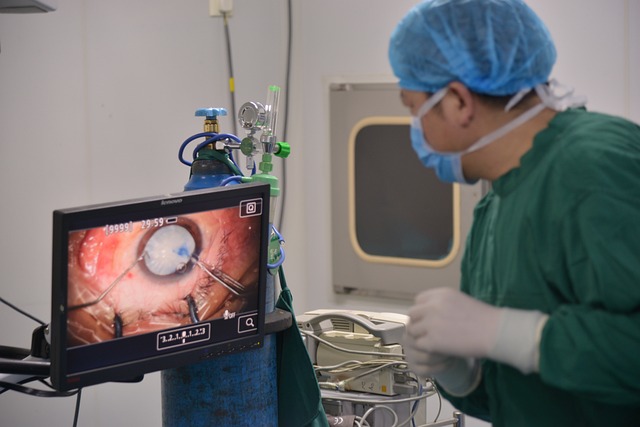In the competitive plastic surgery market, targeted social media ads on platforms like Instagram and Facebook are essential for attracting genuine patients. By leveraging demographics and psychographics, surgeons can create tailored ad campaigns that highlight before-and-after results, patient testimonials, and offers, increasing engagement and conversions. High-quality visuals and compelling copy are key, along with tracking Key Performance Indicators (KPIs) like click-through rates, cost per click, and conversion rates. Ethical practices, including data privacy and transparent targeting, are crucial for maintaining consumer trust and safety in this sensitive industry.
“Unleash the power of targeted social media ads for your plastic surgery practice! In today’s digital landscape, understanding how to reach and engage your ideal patients is crucial for successful plastic surgery marketing. This comprehensive guide navigates the strategy behind captivating audiences with tailored campaigns. From defining demographics and psychographics to crafting compelling ad content and measuring KPIs, we delve into effective practices. Additionally, explore ethical considerations to ensure compliance in social media advertising, ensuring your practice’s online reputation and patient trust.”
Understanding Targeted Social Media Ads for Plastic Surgery Practices

In the competitive world of plastic surgery, effective marketing is key to standing out and attracting new patients. Targeted social media ads offer a powerful tool for surgeons and practices to reach their ideal audience. By leveraging platforms like Instagram and Facebook, professionals can utilise sophisticated algorithms that enable precise targeting based on demographics, interests, and even behavioural patterns. This ensures that promotional content reaches the right individuals who are not only interested in cosmetic procedures but also have the financial means and potential need for such services.
Understanding the target audience is half the battle won in plastic surgery marketing. With social media ads, practitioners can now pinpoint specific age groups, genders, locations, and even people who have previously shown interest in similar products or procedures. This level of customization allows for more personalised messaging, increasing the chances of engagement and conversions. Moreover, these ads can be tailored to showcase before-and-after images, patient testimonials, and special offers, all of which are compelling factors that drive potential clients to schedule consultations.
Defining Your Ideal Patient Audience: Demographics and Psychographics

Defining your ideal patient audience is a crucial step in successful plastic surgery marketing. In the world of targeted social media ads, understanding both demographics and psychographics allows for precise reaching of potential clients. Demographics include age, gender, location, and income level—essential factors that influence who might be interested in cosmetic procedures. For example, a plastic surgeon specializing in non-surgical face lifts would likely target women aged 35-55 in urban areas with above-average household incomes.
Psychographics, on the other hand, delve into interests, values, and lifestyles. This includes understanding the mindset of your audience—why they might be considering cosmetic procedures. Are they seeking self-confidence boost? Preparing for a significant life event? Or simply desiring to keep up with changing beauty standards? Tailoring ads to address these psychological factors can significantly enhance engagement in plastic surgery marketing campaigns.
Leveraging Social Media Platforms for Effective Advertising Campaigns

In today’s digital age, social media platforms have become a powerful tool for businesses and professionals in the plastic surgery industry to connect with their target audience. By leveraging these platforms, marketing strategies can be highly tailored and effective. With access to extensive user data, algorithms that enable precise targeting, and a wide reach, social media ads offer an unparalleled opportunity to showcase services and engage potential clients. For instance, creating visually appealing content showcasing before-and-after transformations can capture attention and spark interest among those actively searching for cosmetic procedures.
Targeted advertising on these platforms allows professionals to specify demographics, interests, and behaviors of their ideal patients. This precision ensures that marketing efforts are not only cost-effective but also resonate with the right audience. Social media provides a direct line of communication, enabling businesses to build relationships, address concerns, and ultimately drive conversions. Effective plastic surgery marketing involves understanding the unique preferences and behaviors of potential clients, and leveraging these platforms enables professionals to deliver tailored messages that convert interest into appointments.
Crafting Compelling Ad Copy and Visual Content

Crafting compelling ad copy and visually appealing content is paramount in successful plastic surgery marketing. In the competitive world of social media, ads must stand out while effectively communicating the benefits of procedures. The ad copy should be concise, using language that resonates with the target audience—those seeking self-improvement and enhanced confidence. Highlighting the transformation potential, before-and-after results, and patient testimonials can significantly increase engagement.
Visually, high-quality images and videos showcasing natural-looking outcomes are key. In plastic surgery marketing, authenticity matters; therefore, using real patient cases with diverse representations ensures trust. Incorporating a call to action that encourages users to learn more or schedule consultations drives conversions. The goal is to capture attention, spark interest, and ultimately guide potential clients towards taking the leap toward their desired transformations.
Measuring Success: Key Performance Indicators (KPIs) for Plastic Surgery Marketing

In the realm of plastic surgery marketing, measuring success goes beyond mere reach; it’s about understanding Key Performance Indicators (KPIs) that drive results. For targeted social media ads, engagement metrics like click-through rates (CTR), cost per click (CPC), and conversion rates are vital. A high CTR indicates effective ad copy and visuals, while a low CPC suggests optimized targeting. Conversion rates—the ultimate KPI—reflect the direct impact of ads on patient inquiries or bookings.
Tracking these KPIs allows for data-driven adjustments to campaigns. For instance, successful ads might highlight specific procedures with compelling before-and-after images, while less effective ones could be refined through A/B testing or adjusted targeting strategies. Ultimately, successful plastic surgery marketing leverages KPIs to navigate the digital landscape, fostering a symphony of engaged potential patients and tangible business growth.
Ethical Considerations and Compliance in Social Media Advertising

In the realm of plastic surgery marketing, targeted social media ads present both opportunities and ethical considerations. As professionals leverage algorithms to reach specific demographics, ensuring compliance with advertising standards is paramount. This includes adhering to guidelines on data privacy, transparency in ad targeting, and avoiding misleading or exaggerated claims about procedures and results.
Compliance involves careful navigation of regulations related to medical practices, particularly when promoting services like cosmetic surgeries. Advertisers must provide accurate information, use professional testimonials, and disclose any potential risks or side effects. Balancing the benefits of targeted marketing with ethical practices is crucial to maintaining trust among consumers seeking plastic surgery while avoiding deceptive tactics that could harm patient well-being.
